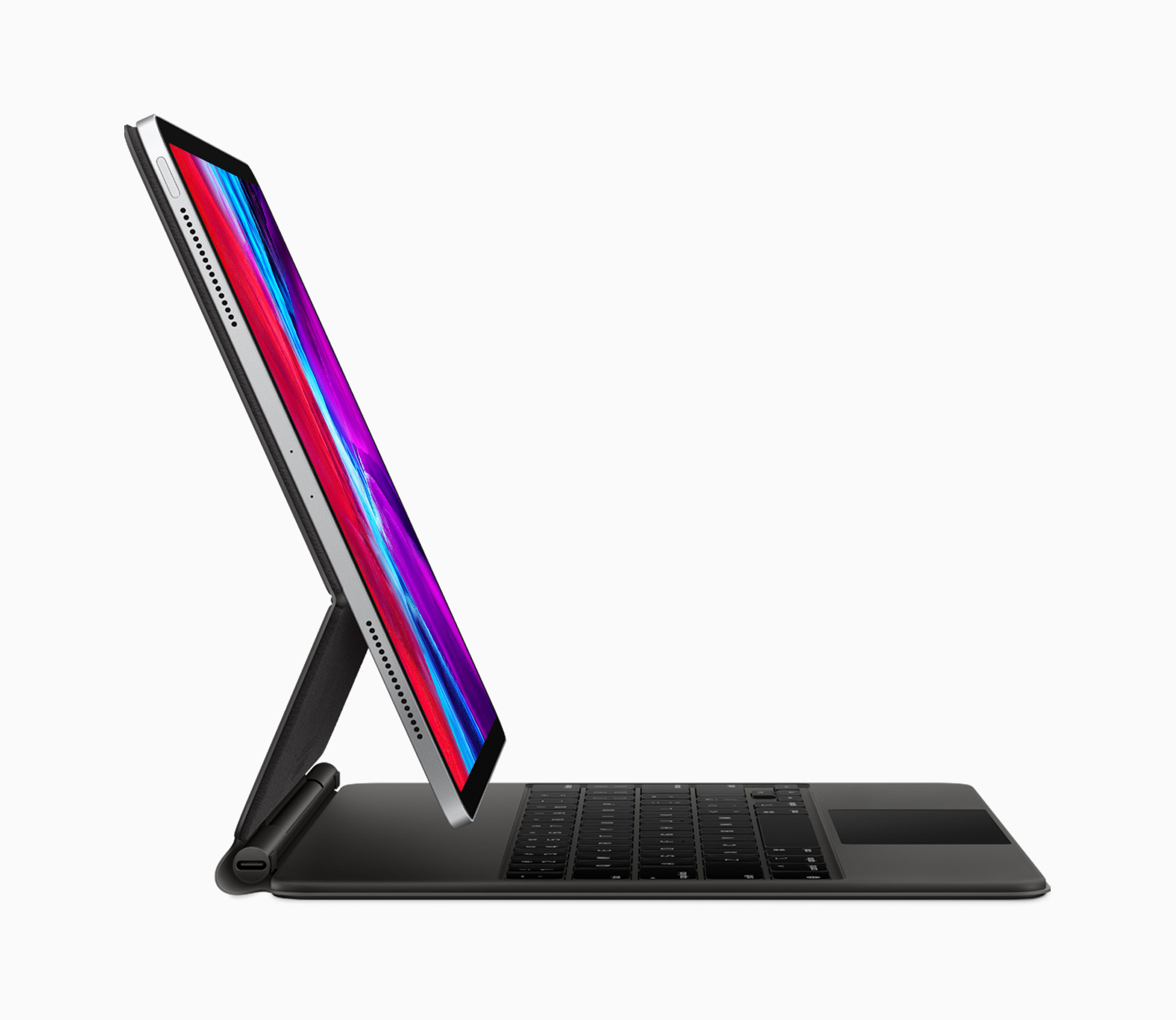Lance Ulanoff, writing for Tech Radar, has an in-depth look at the changes coming this fall to iOS 16. Ulanoff also interviewed Apple’s Apple SVP of Engineering Craig Federighi and Apple VP of Design Alan Dye for his story with the two executives providing a behind-the-scenes look at the technology and thinking behind the many changes coming this fall.
Regarding iOS 14’s Home Screen widgets, Federighi told Tech Radar:
We knew this was a multi-act play, and we knew our next venue would be the Lock Screen.
We saw a real opportunity to take that area that really has evolved slowly over time but has never seen this kind of massive step forward, and to do something really big – but something very Apple and very personal. So, this is an act of love this year,” he added.
The challenge for Dye’s design team was to create a system for customizing the Lock Screen that was simple, but also looked good:
From a Design Team perspective, our goal was to create something that felt almost more editorial, and to give the user the ability to create a Lock Screen that really… ends up looking like a great magazine cover or film poster but doing it in a way that’s hopefully really simple to create, very fun, and even with a lot of automation there,” said Dye.
Dye and Federighi also revealed that styles suggested for your Lock Screen wallpapers vary depending on the photo:
Dye told us that if the system doesn’t think the photo will look great, it won’t suggest it, a point of care and attention that helps guide the user towards more visually arresting Lock Screens.
“You get something so much more compelling than just laying a filter over the photo,” added Federighi.
Tech Radar’s story also covers the machine learning-based technology that allows iOS 16 to segment your photos so parts can overlap with the time, focus modes, and more. There’s a lot here and many interesting insights from Federighi and Dye worth digging into if you’re interested in design and how it’s implemented from an engineering standpoint.







